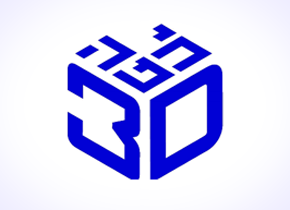
 Project Details
Project Details Award: Schwartz award
Award: Schwartz award
We developed a system that reconstructs the residual limb CAD model from a relatively low-cost scanner consist of 3 low-cost depth cameras which can be purchased worldwide.
Our main motivation for using this scanner is its relatively low-cost price compared to other 3D scanners available today. This way, together with the open-source code, our project could potentially help increasing the accessibility of prosthetic hands.
The scanner has 3 Intel RealSense SR300 depth cameras set on a ring. They are positioned on a wide enough ring with 120 from each other, to prevent overlapping when simultaneously capturing the depth pictures from all the cameras. Overlapping between them causes interfering between the projected patterns of the cameras, which damages the pictures quality and creates noise in the captured point clouds.
The ring is rotatable to allow capturing the hand from various angles. This way the large distance between the cameras does not affect the coverage of the hand by the depth pictures.
We have seen in point clouds captured from the depth cameras that black objects (from a middle and above distance from the cameras) are almost invisible to the depth cameras. Thus, we have added a "shell" made from black nonwoven fabric around the setup. This way the point clouds captured from the cameras contains almost the wanted objects alone.

